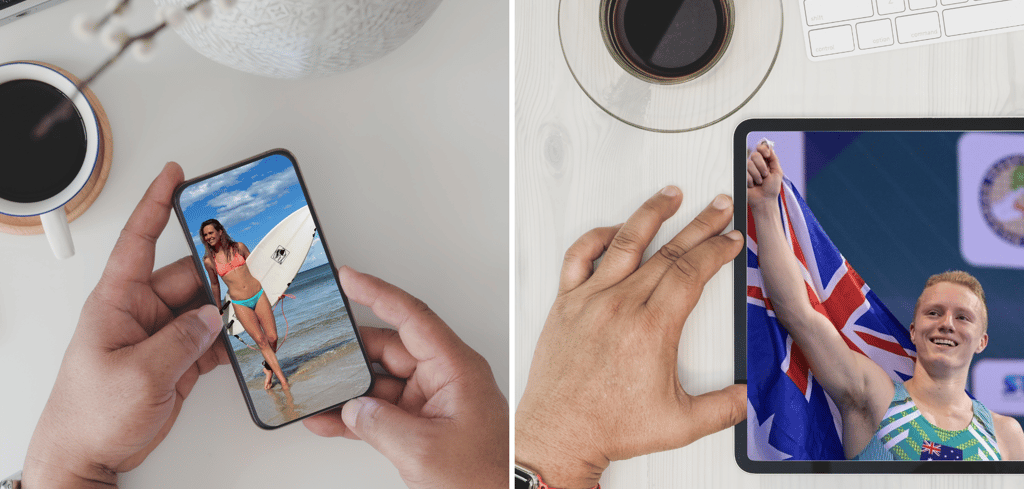Athletes as Influencers
Across the world, athletes are flexing their brand muscles more and more, and growing. Businesses are starting to cotton on, but its just the beginning, and there is so much more
2/6/20253 min read


Athletes are incredibly powerful role models for so many. Iconic sportsmen and women have been idolised for decades, particularly across Australia. But that has shifted gears in the last few years to a whole new level.
According to Project Pantheon (originally by MIT), of the most influential people born in the last 50 years, almost 75% of them are athletes. But that doesn’t really come as a shock to anyone - athletes that speak out for social causes often become the face of an issue (like Lebron James, Chris Paul, Carmelo Anthony and Dwayne Wade showed in 2016, or the hype around Caitlin Clark in the US last year, or the fact that Travis Kelce has taken his brand to a new level over the last few months - although that might be more about Taylor Swift in fairness).
But there is data that backs up that athletes now have immense influence in the new world, and that alone is a reason that brands should think about how they use athletes to help boost their profiles.
OpenSponsorship reports that athletes typically have an engagement rate that is 2.6x higher than other influencers on social media. The benchmark for influencer marketing is typically a 1:5.78 return on ad spend (ROAS) - meaning that brands are getting $5.78 value from every dollar spent on influencers. That number balloons to more than $7.00 when isolated for just athletes on social media.
And anecdotally, we know that in Australia, women’s sport is starting to (or is already) boom. The Matildas, and the Australian Women’s Cricket Team are iconic teams, now regularly filling free-to-air television slots. Our women dominated at the Olympics and Paralympics last year.
And those numbers are backed up by the ParityNow Fan Survey conducted late last year. In Australia, 82% of consumers surveyed said that they watch women’s sport at least a few times a year, and 28% say it’s part of their weekly routine. Australians consume more sport, and more women’s sport than anywhere else in the world, and that is only growing. At the time, 34% of Australian women surveyed said that they had never watched more sport, so we can assume that those numbers will keep going up, as 54% only started watching in the last three years.
It runs deeper than just eyeballs too, as 92% of Australians say that professional female athletes are strong or very strong role models for young women.
But not everyone is taking advantage. And consumers know it.
According to a recent Turnstile report, 53% of Australian consumers believe that not enough brands are investing in women’s sport. So you definitely don’t want to be one of the brands left behind.
The stats back up that consumers will put their money where their mouth is too, when they believe that. The same Turnstile report found that 57% of consumers found female athletes to be authentic, and would believe an endorsement, as opposed to 50% for male athletes, and less than 50% for other influencers.
There is also wisdom to working with the right athletes. Athletes in ‘Tier One’ sports are typically first targets for big brands, but their huge audiences also tend to mean that they don’t have as strong a relationship with their audiences. Compare that to athletes who are world leaders in smaller sports, and while their audience may be (marginally) smaller, their engagement levels, and trust levels with their audiences often result in a more successful campaign overall.
So the conclusions are fairly simple:
Female athletes are great brand ambassadors with high degrees of trust
Athletes are great influencers with high conversion and engagement rates from their audiences
Athletes with strong connections to their audiences have greater success factors to work with businesses for preferred outcomes.
So while your business is considering how to improve its trust score, and how to get in front of a new audience, consider working with an athlete ambassador.
To find yours, reach out!
SUBSCRIBE
Get these insights every week, straight to your inbox
About - Coppel Sports
ABN 89 351 198 453
Bondi NSW
Contact
dan@coppelsports.com.au
+61 439 263 221
Policies


